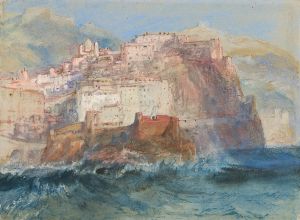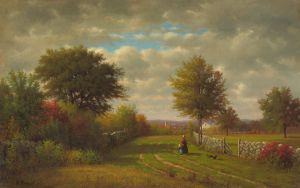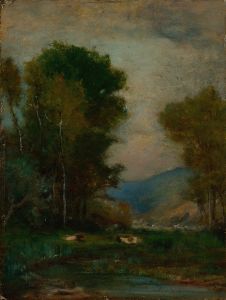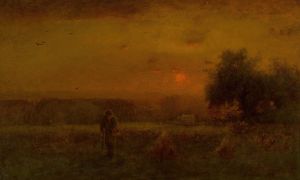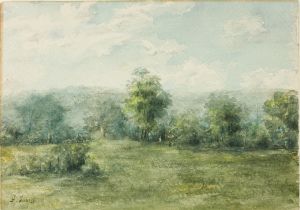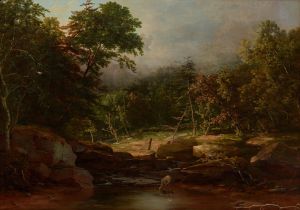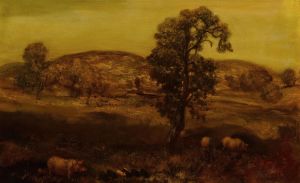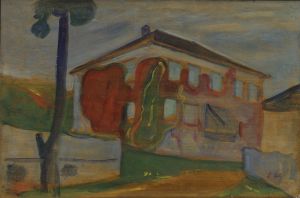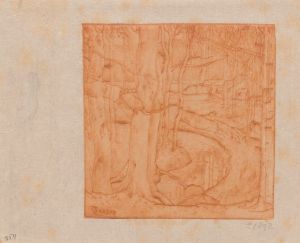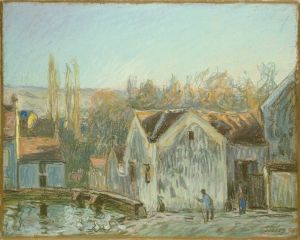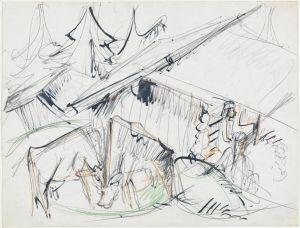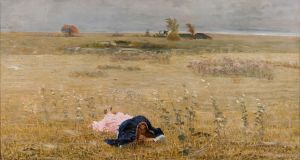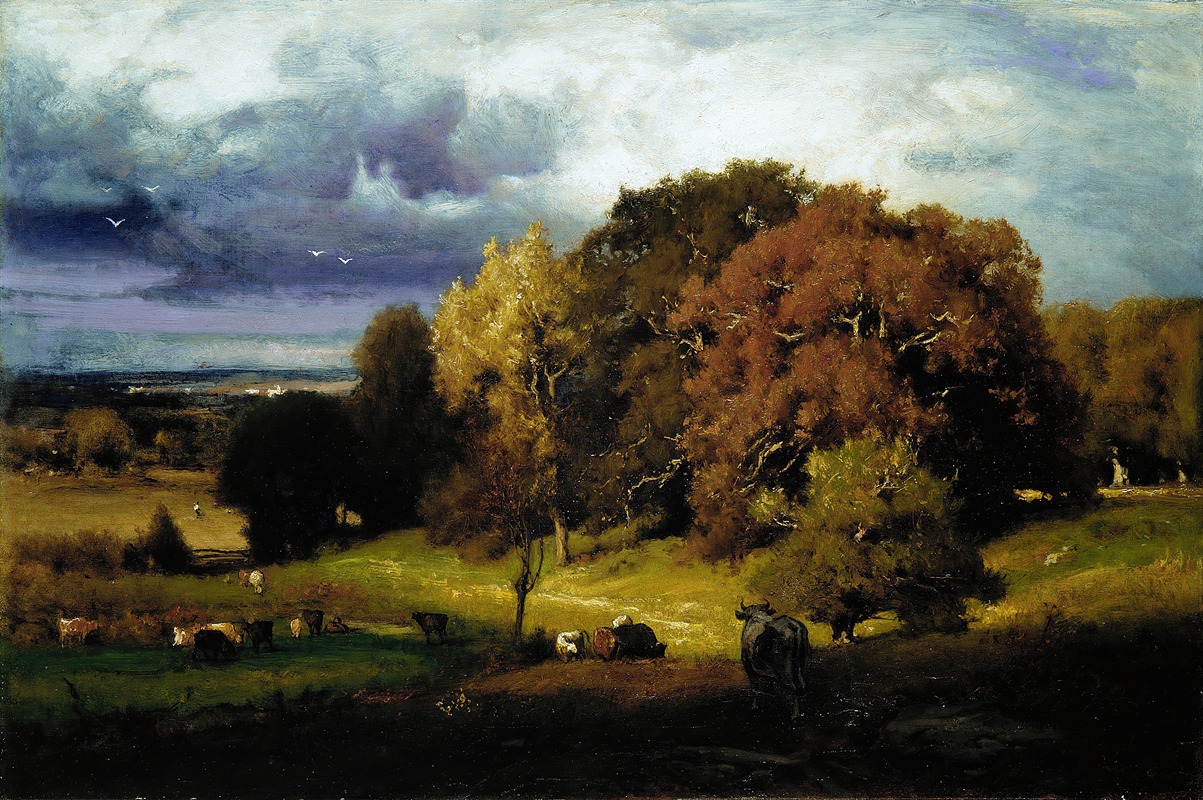
Autumn Oaks
A hand-painted replica of George Inness’s masterpiece Autumn Oaks, meticulously crafted by professional artists to capture the true essence of the original. Each piece is created with museum-quality canvas and rare mineral pigments, carefully painted by experienced artists with delicate brushstrokes and rich, layered colors to perfectly recreate the texture of the original artwork. Unlike machine-printed reproductions, this hand-painted version brings the painting to life, infused with the artist’s emotions and skill in every stroke. Whether for personal collection or home decoration, it instantly elevates the artistic atmosphere of any space.
"Autumn Oaks" is a notable painting by the American landscape artist George Inness, who is widely regarded as one of the most influential figures in American art of the 19th century. Created in 1878, this painting exemplifies Inness's mature style, which is characterized by a harmonious blend of realism and tonalism, a movement that emphasizes mood and atmosphere over detailed representation.
George Inness was born in 1825 in Newburgh, New York, and he became a prominent figure in the Hudson River School, an American art movement known for its romantic portrayal of the American landscape. However, Inness's work evolved significantly over his career, and he eventually distanced himself from the Hudson River School's more literal and detailed approach to landscape painting. Instead, he embraced a more expressive style, influenced by the Barbizon School of France, which focused on capturing the emotional and spiritual essence of nature.
"Autumn Oaks" is a quintessential example of Inness's later work, where he masterfully uses color and light to evoke a sense of tranquility and introspection. The painting depicts a serene autumnal scene, dominated by majestic oak trees whose leaves have turned a rich array of reds, oranges, and yellows. The composition is balanced and harmonious, with a soft, diffused light that bathes the landscape, creating a peaceful and contemplative atmosphere.
Inness was deeply influenced by his spiritual beliefs, particularly the teachings of Emanuel Swedenborg, a Swedish theologian and philosopher. Swedenborg's ideas about the interconnectedness of the natural and spiritual worlds resonated with Inness, and he sought to express these concepts through his art. In "Autumn Oaks," the subtle interplay of light and shadow, along with the gentle blending of colors, reflects Inness's desire to convey a sense of the divine presence in nature.
The painting is also notable for its use of tonalism, a style that Inness helped to popularize in America. Tonalism is characterized by its subdued palette and emphasis on atmosphere and mood, rather than precise detail. In "Autumn Oaks," Inness employs a limited color range and soft brushwork to create a sense of depth and unity, drawing the viewer into the tranquil scene.
"Autumn Oaks" is housed in the collection of the Walters Art Museum in Baltimore, Maryland. The museum, which holds a significant collection of 19th-century American art, acquired the painting as part of its mission to preserve and showcase important works from this period. The painting remains a testament to Inness's skill as an artist and his ability to convey the beauty and spirituality of the natural world.
In summary, "Autumn Oaks" by George Inness is a masterful representation of the artist's mature style, blending realism with tonalism to create a serene and spiritually resonant landscape. Through his use of color, light, and composition, Inness captures the essence of the autumn season and invites viewers to contemplate the deeper connections between nature and the divine.





